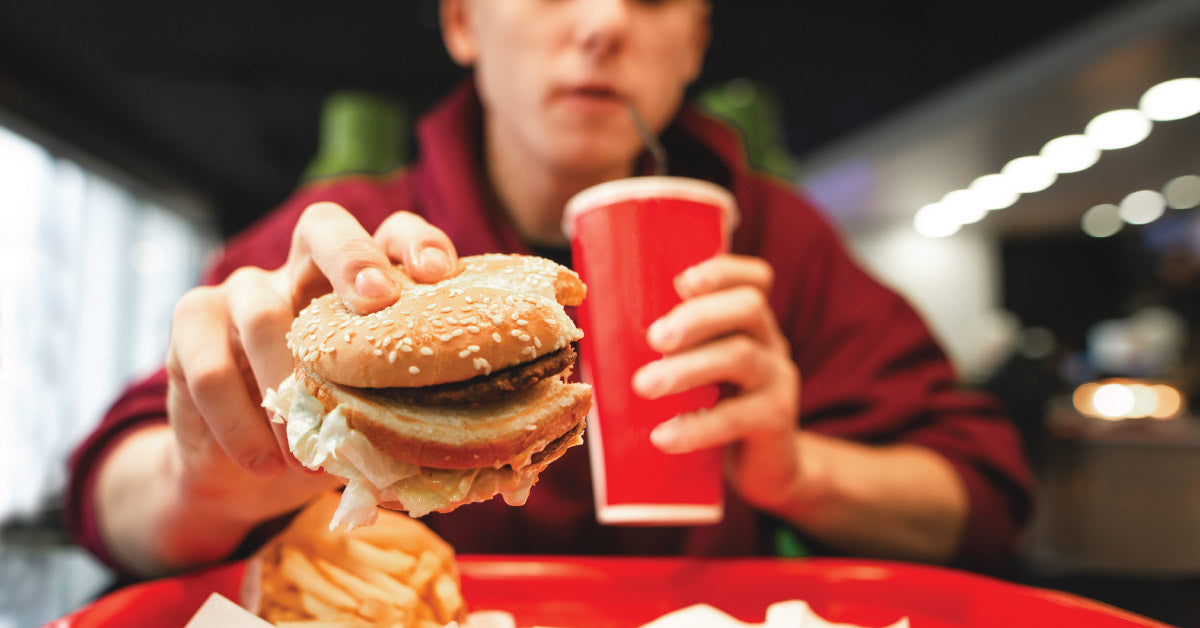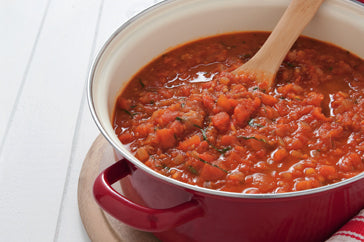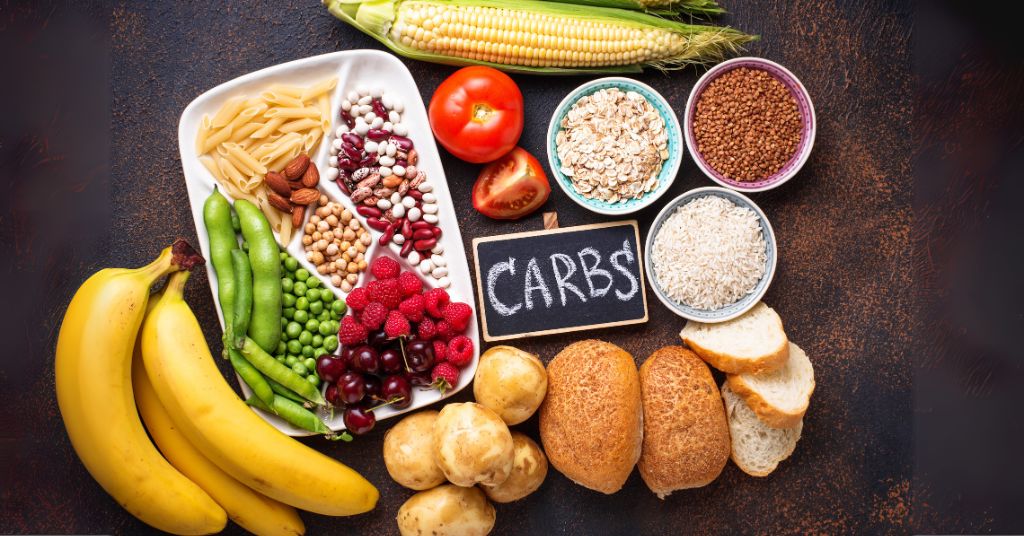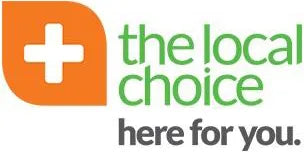
by Freda Coetzee
9 Simple Tips to Kick the Sugar Habit
Can we really be addicted to sugar? Maybe not, but many of us just can’t say no to it, and have a sugar habit. How do we know that we should cut back on the sweet stuff? A sugar habit is relative. Some people consume WAY more than they should. While others eat only a little bit, but do this every single day. Some things to look out for are: Sugar cravings, either during the day or at night when you are bored.Losing control and eating more than you planned.Constantly trying to self-justify when you eat something sweet. When it comes to sugar, you can never be too careful. Whether you have a serious problem with sugar habits, or you just feel that you could maybe cut back just a smidge. Here are 9 simple tips to help you with your sugar habit… Take Baby Steps It is a lot easier to cut back on sugar if you do it a little bit at a time. Depriving your body of all sugar at once might actually lead to more sugar cravings than before. Start by cutting out a small amount of sugar each week, until you have reached a point where you are consuming little to no sugar. Also start drinking more water, and eating more fruits and veggies. Just because it isn’t sweet, doesn’t mean it isn’t Sugar. If you think that this article doesn’t apply to you because you don’t have much of a sweet tooth, think again. Just because something does not actually taste sweet, does not mean that it is sugar-free. Look at things like potato chips, bagels, or French fries. These do not taste sweet, but yet they are jam-packed with carbs which are in essence the same thing as sugars. Other such foods to watch out for are white rice, white flour, potatoes, white bread, pretzels, crackers, and pasta. Retrain Your Taste Buds Just because you have become accustomed to taking in a certain amount of sugar, does not mean that you need to take in this much sugar. By gradually reducing the amount of sugar you take in, you can retrain your taste buds to perceive less-sweet things as more than sweet enough. Opt for Healthier Sweets Just because you are cutting down sugar, does not mean that you can’t have something sweet. Healthy alternatives are everywhere with things like fresh berries, frozen fruit, dried fruit, or yogurt, to name but a few. Turn to Protein for Help Since protein doesn’t cause such drastic spikes and drops in the blood sugar levels, it can help your body from craving a sugary pick-me-up treat. Good sources of protein are lean chicken, low-fat yogurt, beans, eggs, nuts and seeds. Fill Up on Fiber Fiber is great for keeping away sugar cravings in many ways. Fiber can make you stay fuller for longer, which helps with all kinds of cravings. Food that is high in fiber also generally gives you more energy without raising the blood sugar levels too much. To get enough healthy fiber; eat fruits, veggies, and whole grains. Get Up and Active Exercise is always a great way to help when it comes to weight loss or bettering your health. It helps you feel better, more energized, and it promotes the body’s cravings for healthy food. It is recommended that you get at least 30 minutes of exercise, at 5 times per week. Be careful Of Artificial Sweeteners Studies have suggested that sugar-free artificial sweeteners can actually do more harm than good. It generally does not help you break your cravings for sweets, and you might actually end up wanting the real deal. Don’t Overdo it On the Healthy Sugars Either Things like honey, brown sugar, and cane juice may be deemed healthier than normal sugar, but sugar is sugar. They do not necessarily cause less of a spike in your blood sugar levels, but they tend to contain more nutrients so their calories are more easily justified than the empty calories from refined sugar. How Much Sugar Is Too Much? The daily recommended sugar limit is: 6 teaspoons for women (About 100 calories.)9 teaspoons for men (About 150 calories.) NOTE: Sugar by Any Other Name You don’t always see the word “sugar” on a food label. It sometimes goes by another name, like these: Agave nectar Brown rice syrup High-fructose corn syrup Dextrose Evaporated cane juice Glucose Lactose Malt syrup Molasses Sucrose Watch out for items that list any form of sugar in the first few ingredients, or have more than 4 total grams of sugar. Recommendation If you struggle to control your sugar habit or sweet craving, the good bacteria in your gut might have been damaged by the use of antibiotics, high stress levels or any other chronic medication. The “bad” bacteria thrive on sugar and therefore the craving. You can rectify this problem by reinstating the good bacteria with a very good probiotic, like the Manna GUT Support supplement, which contain all the necessary probiotics, colostrum and digestive enzymes to help with a complete restoration process. You can also follow the Manna Diet, which eliminates all sugar and starches. The Manna Blood Sugar Support supplement can be taken with each meal to control blood sugar, suppress appetite and control cravings and sugar habits. This product can also help to prevent type 2 diabetes.














